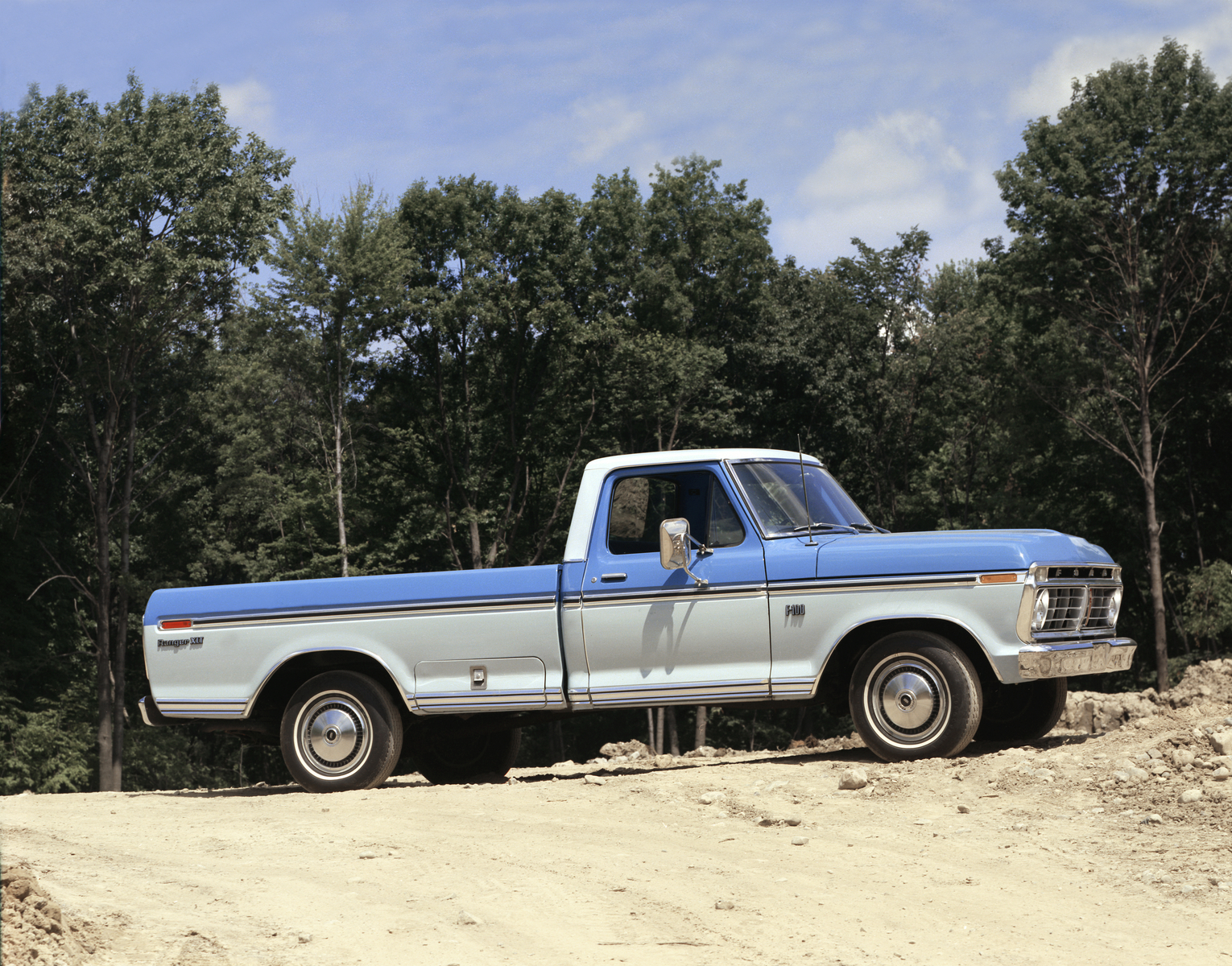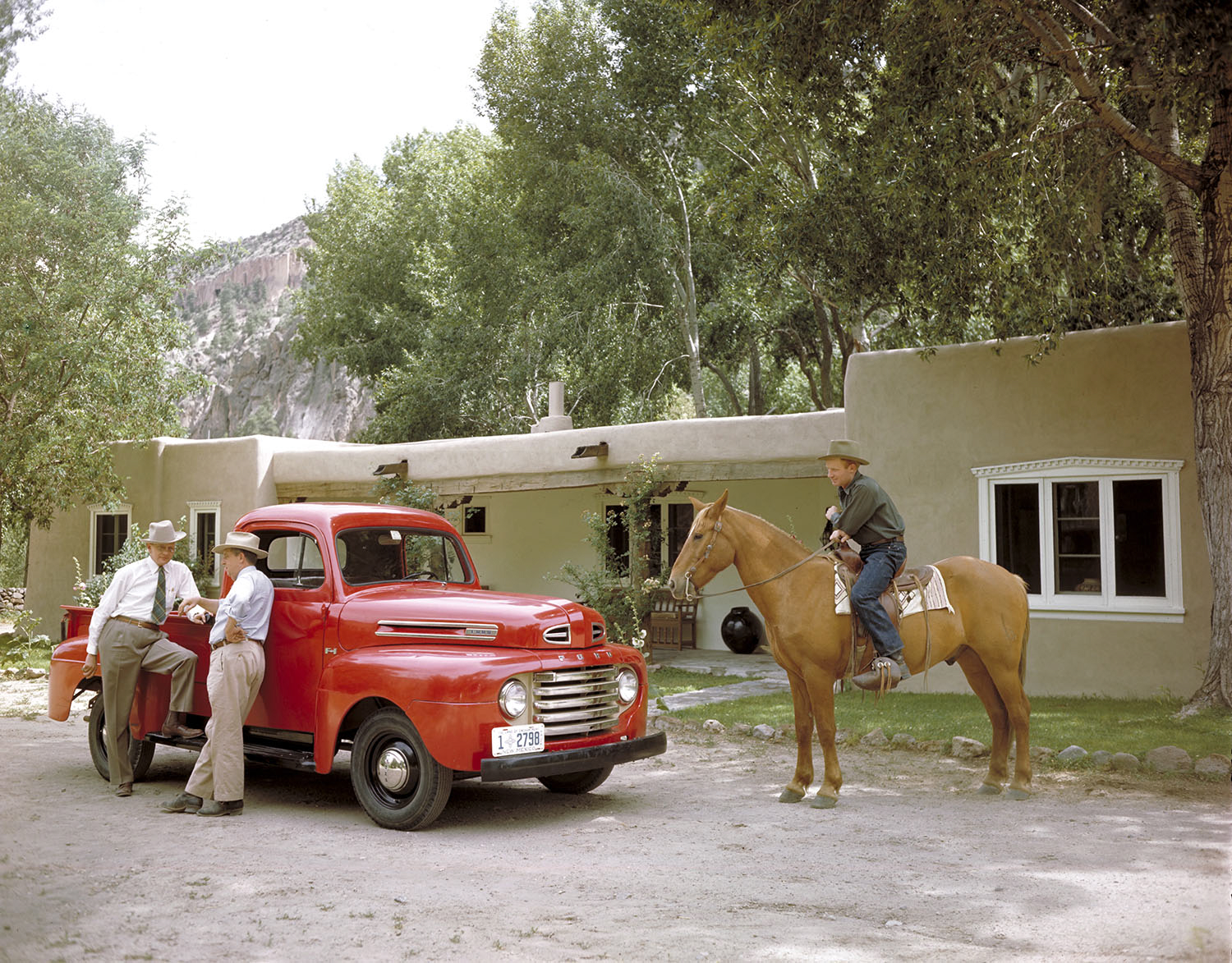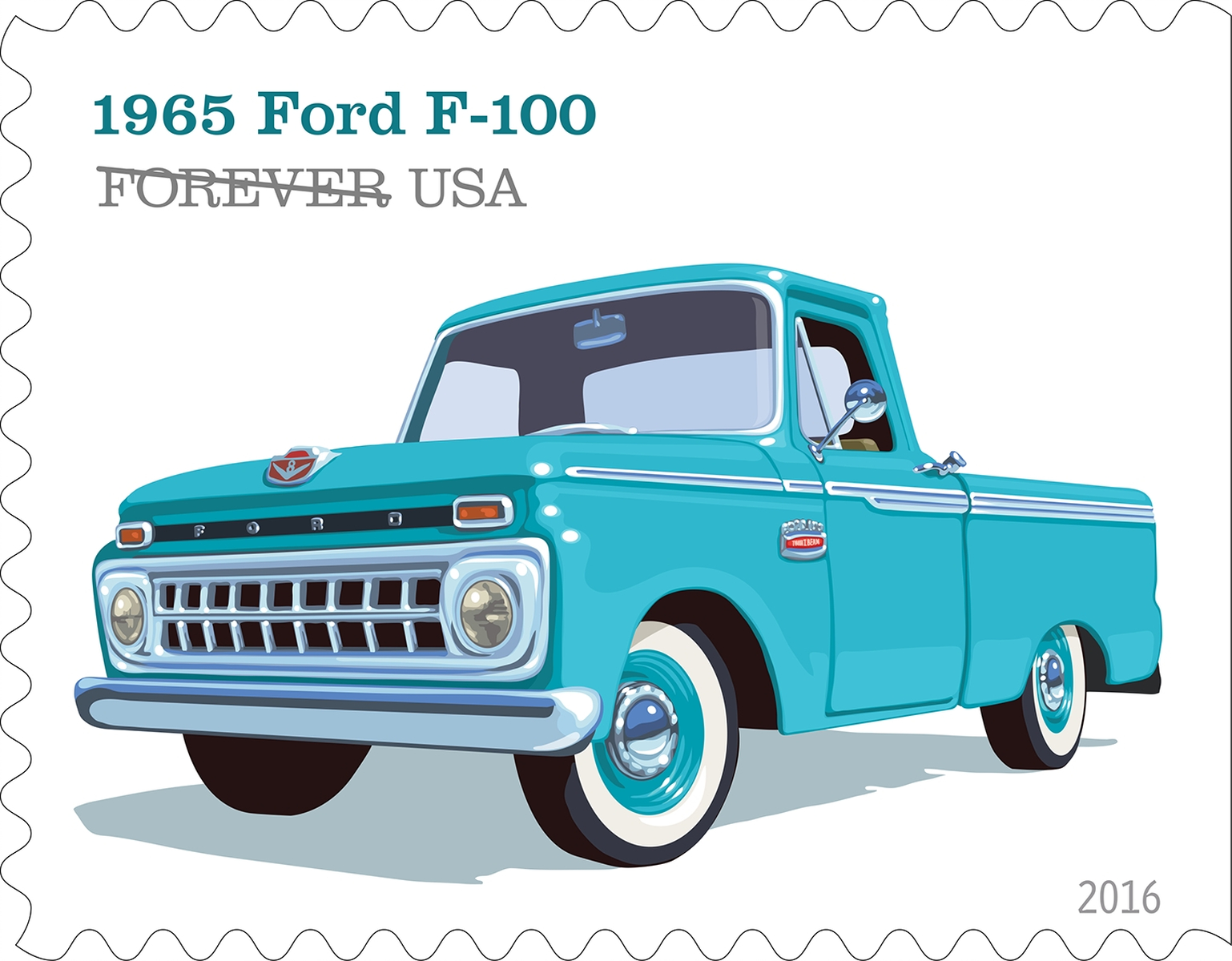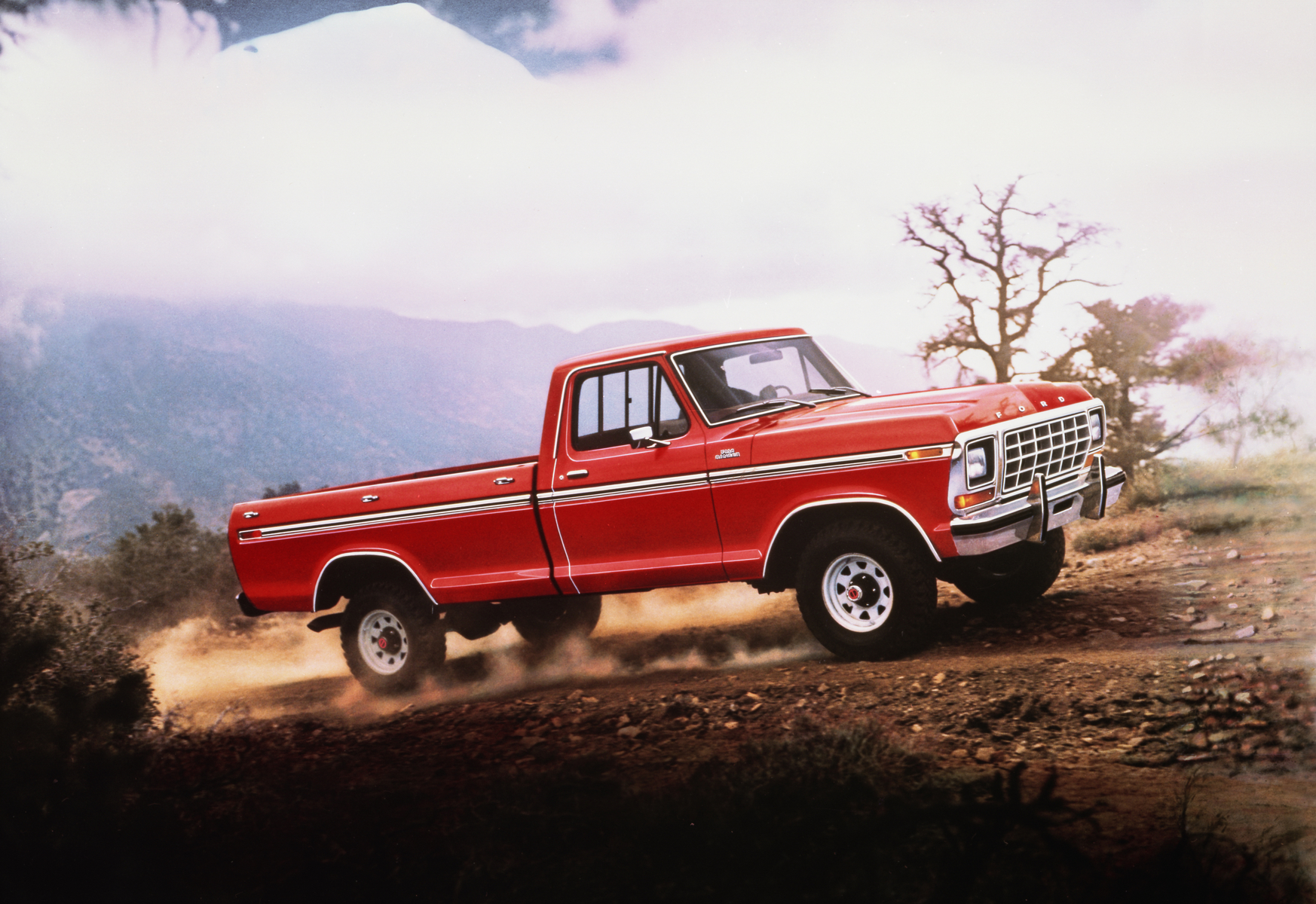Classic Truck History Part 1: Ford F-Series
Posted by Jil McIntosh on Jul 14th 2020
Ford Truck F-Series History
The Ford Motor Company was founded in 1903, and the famous Model T arrived five years later. Several companies were already building trucks, and in 1917, Henry Ford added the Model TT, a heavier-duty version of the Model T’s car frame.
But if you wanted a truck, you had to buy the chassis and then take it to someone else to build a body for it. In 1925, Ford offered the first light-duty pickup that came complete and ready-to-go straight from the factory. Ford marketed its pickups heavily to farmers, because these vehicles got the job done, but were easy to drive for running errands in town.

All American automakers shut down civilian vehicle production during the Second World War, turning their factories over to making war supplies. Ford built several types of military trucks, including Jeeps. It incorporated some wartime innovations into its postwar trucks when production resumed, but the new 1946 trucks didn’t look all that much different than before the war.
All that changed in 1948. There was an all-new truck line, and Ford called it the
F-Series. It was the company’s first redesigned cab since 1938, and it included a single windshield – its predecessors had been two-piece – along with vent windows, more comfortable seats, and rubber pads between the cab and frame for a smoother, quieter ride. This was an all-new vehicle that Ford hoped would have appeal for both truck and car buyers, blending the best of both. The new F-Series would be released even before Ford’s new, redesigned postwar passenger cars, which came out in 1949.
For the first time, Ford used numbers to differentiate its truck models, starting with F-1 for the half-ton, and up to F-8 for the three-ton. That would only last until 1953 when a single digit wasn’t enough to handle all the variants that were coming. So the F-1 became the F-100. The F-2 and F-3 were combined into the F-250, while the F-4 became the F-350.
In 1975, Ford introduced a beefier version of the F-100, which it called a “heavy-duty half-ton,” and named it the F-150. Customers eventually decided that if they were going to get a half-ton, they might as go all the way, and the 1983 F-100 was the final one. The F-150 has been the entry model of Ford’s full-size trucks since then.

Here are some other interesting tidbits about the F-Series…
- The 1948 F-1 came with a 226-cubic-inch, 95-horsepower six-cylinder, or a 239-cubic-inch V8 making 100 horsepower. By 1980, when the seventh-generation F-Series was unveiled, the six-cylinder displaced 300 cubic inches and made 117 horsepower, while the V8 upgrade was a 302 for 130 horses.

- When the restyled 1953 models came out – during Ford’s 50th anniversary – they were the first F-Series trucks with integrated fenders and had new standard equipment that included armrests, sun visors, and dome lamps.

- The 1965 F-Series traded in the old solid front axle for a new Twin I-Beam independent front end, with coil instead of leaf springs for improved ride and handling.

- In 1967, the F-Series offered a new trim level called the Ranger – a name that would go onto Ford’s new compact truck in 1983. And in 1968, the F-Series offered an option package called Explorer, and that name would eventually be recycled onto an SUV.
- In 1966, you could get a four-door Crew Cab from the factory; prior to that, you had to get an aftermarket company to build you one. The SuperCab – an extended cab – arrived in 1974.
- Due to tariffs and its unique dealer networks, Canada had several Great-White-North-only vehicles that were basically modified American models. That included Mercury pickup trucks – Fords with different trim – that were built starting in 1946 and based on the F-Series from 1948 until 1967.

The F-Series has always been popular with collectors: Ford built a lot of them, and they’re relatively easy to find. The 1950s models will be costly, but the sixth generation from 1973 to 1979, is a good-looking truck that’s still within reach, and
classic ford pickup parts are available to keep it looking good and going down the road.


